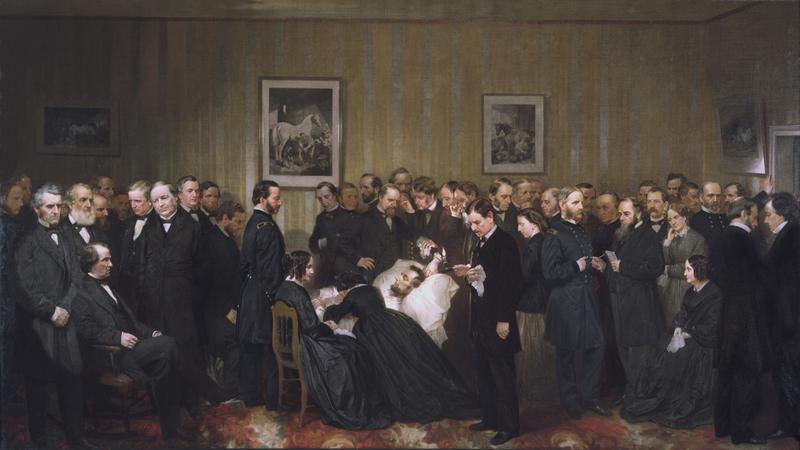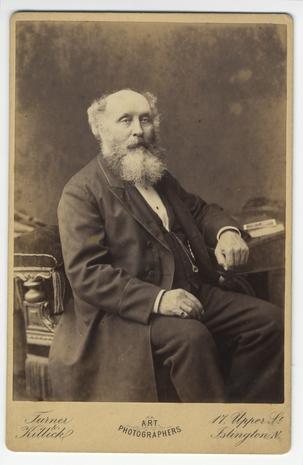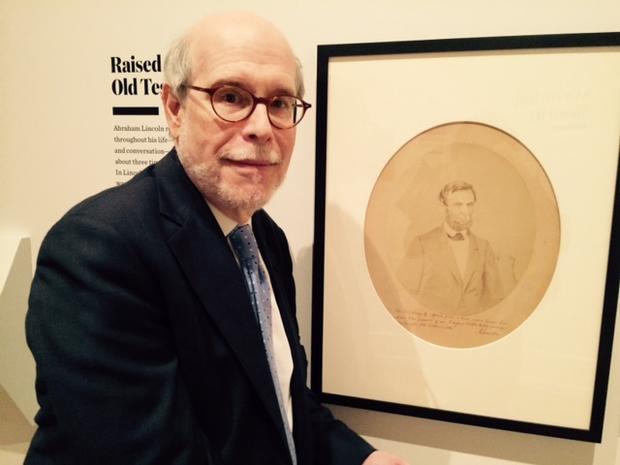
This year marks 150 years since the assassination of President Abraham Lincoln. He died on April 15, 1865, in a boarding house across the street from Ford’s Theater, where he had been shot the night before.
More has been written about Lincoln than any other president, but the New York Historical Society is now highlighting an overlooked part of his career. “Lincoln and the Jews,” which opens on Friday, seeks to show that Lincoln was a great friend of the Jewish people as well as African Americans.
During the Revolutionary War, about 2,50 Jewish people lived in America. By 1860, the Jewish population had risen to 150,000 and many Jewish soldiers served in the Civil War.
In this interview, WNYC's art critic Deborah Solomon said the exhibit shows that Lincoln’s push to see that black people were treated equally was part of a larger push for equality. “The show seems likely to enhance Lincoln’s stature — he opposed anti-Semitism, which was rampant even among the generals in the Union army, and made humane decisions when they mattered most,” she said.
And then there was the matter of Lincoln's feet.
One of Lincoln’s closest friends during the Civil War was a Jewish — and British — podiatrist named Issachar Zacharie. Probably no president had more foot pain than Lincoln. He stood 6’4, wore size 14 shoes, and was constantly complaining that his feet were killing him.
Lincoln historian Harold Holzer, who served as historical adviser to the exhibit, said the president wrote his most famous medical endorsement about Zacharie. “It says, Dr. Zacharie has operated on my feet with great success, with considerable correction to my comfort,” he said.
Presented in collaboration with the Shapell Manuscript Foundation, the exhibit includes photographs and many original documents, including letters that Lincoln wrote to his Jewish friends or on behalf of them. “He had very nice handwriting — a neat script,” said Solomon. “For my taste, the show looks a little bit gray. I would have preferred to see some more paintings.” There is only one painting — a view of Jerusalem by Frederic Edwin Church, which closes the show. Holzer said that shortly before he died, Lincoln told his wife he wanted to visit Jerusalem.
Solomon said the show changed her view of Lincoln. “He keeps getting better and better,” she said. “We’ve had so many different Lincolns. We’ve had Lincoln the great liberator of the blacks, we’ve had Lincoln who was possibly gay, remember all those books claiming Lincoln was gay? Well, now we have, more persuasively, Lincoln, the champion of the Jewish people.”
Does learning about Lincoln's relationship with the Jews change your view of him? Join the conversation with a comment.


